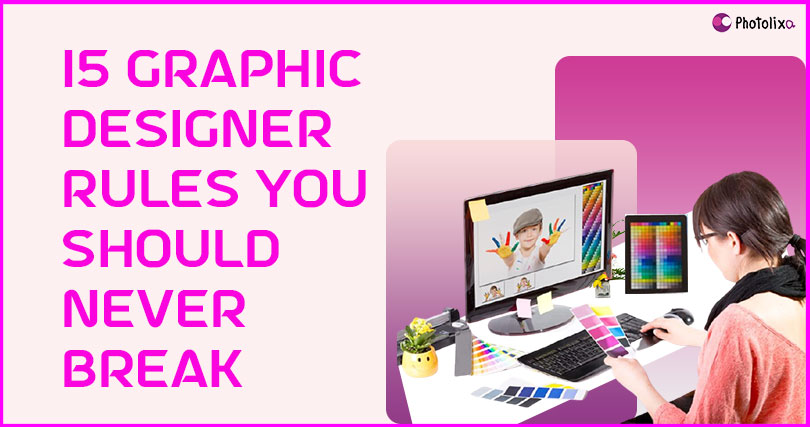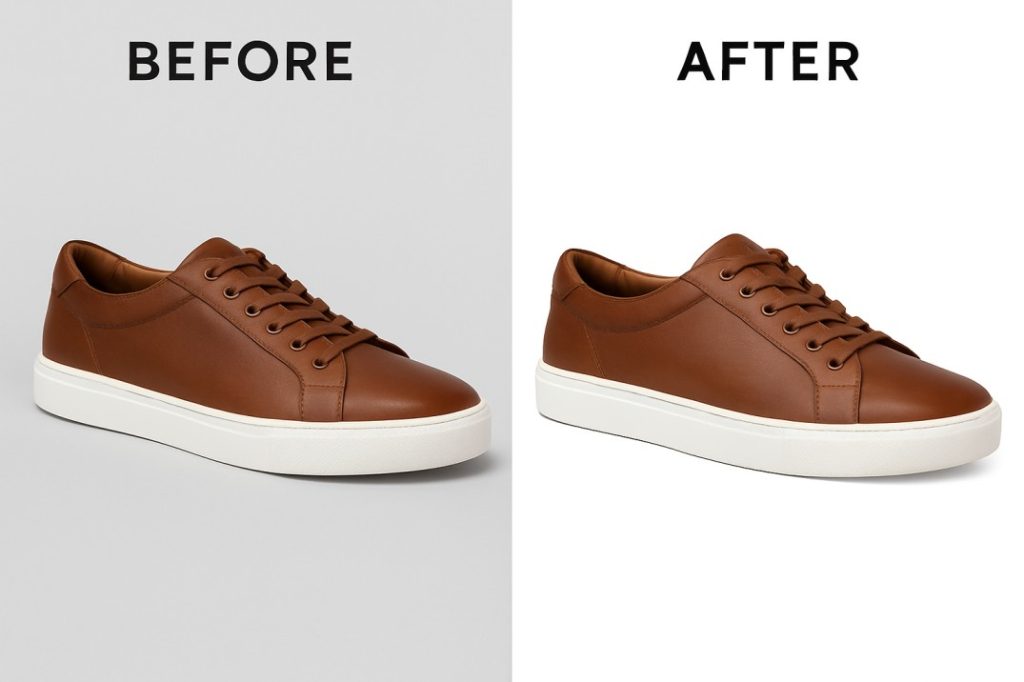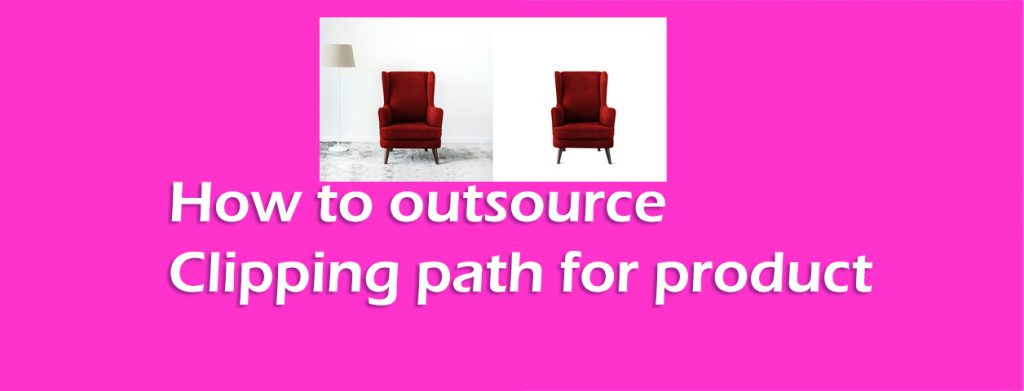The term graphic designer rules were coined by then typographer William Dwiggins in 1922. This suggests that graphic design, as an organized and recognized sort of expression, has existed for nearly a century. Despite that, many professional designers still miss the basics!
Table of Contents
What is Graphics Design?
Graphic design is a form of art and art knows no limits. It is possible to change or break the rules of traditional art methods is what makes art unique in its way. That said, graphic design isn’t the type of art that gets hung in museums.
Instead, it’s a real tool employed by businesses and marketers to speak their messages. Tools, also all known, are to be created with great impetus on precision. eCommerce image editing is one of the most important branches of the graphic design criteria.
It is possible to earn a huge amount of money from simple graphic design work like outsource the clipping path and be more successful than a teacher or lawyer. Product images need to be edited with precision to make them presentable to the buyer. Graphic design may be a unique and interesting field within the design domain.
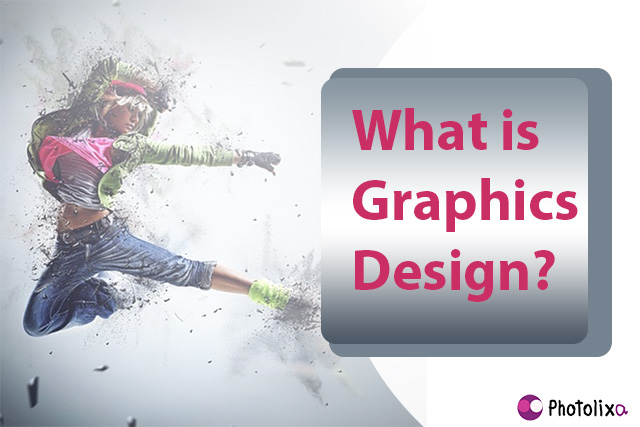
Value of Good Graphics Design
By watching graphic designing as a tool for communication, you solve most of the problems graphic designers face – multiple revisions, vague briefs, and shoddy payments. Once you check out graphic design as a tool used for communicating messages crafted by clients/colleagues, you recognize that your work features a specific purpose.
This puts art within the backseat and logic within the front. While I’m not saying that art doesn’t have logic, you’ll start appreciating the very fact that your work has very specific applications known to the person briefing you. In your first delivery, you’ll know what the client is trying to find and why she is trying to find it. This helps you to scale back revisions and understand briefs which may often get wordy.
you’re not forced to limit the creativity of your work. Once you understand the aim of your work, you’ll provide your client/colleague with solutions and directions that they wouldn’t otherwise have considered. As a result, clients will value your work more.

Graphic Design Rules Every Designer Must Know
Graphic designers often attempt to cause innovative ideas into their design strategies. This helps to draw in user attention and enhance the looks of your website or app wherever it’s being implemented. What people want is icing on the gorgeous and delicious cake that’s baked for them. And graphics are perfectly the topping that enhances the yumminess of the cake. With a greater number of individuals joining the sector of graphic design, it’s becoming a standard thing lately.
So, everyone wants something new! But before we set about blessing our designs with newness, it’s important to make sure that we are following the prevailing rules, which are important to stay our design intact.
To shed some light on the depths of understanding graphic designers, here are fifteen rules that one must never miss. While following them is not any guarantee of great work, you’ll produce consistently professional work.
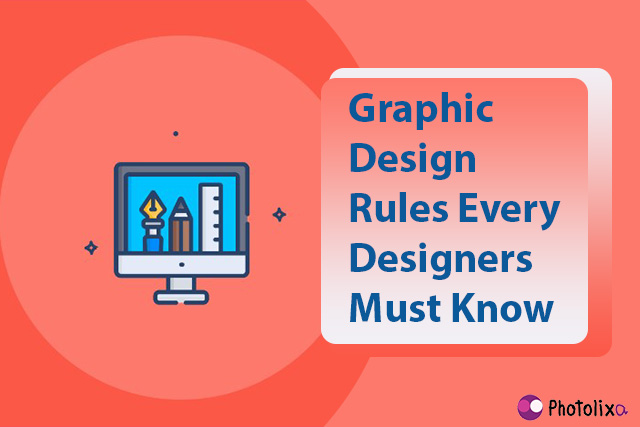
Maintain uniform kerning and spacing
Every artist has experienced a flash when the client says, “It seems good, but something is simply not right”. Every artist has experienced a flash when the client says, “It seems good, but something is simply not right”. That something is the kerning and spacing. The word kerning means the process of using a definite amount of space between two words and sentences both vertically and horizontally. The matter with kerning is that when it’s done incorrectly, everything just looks wrong; but when it’s done correctly, nobody pays attention to understand it!
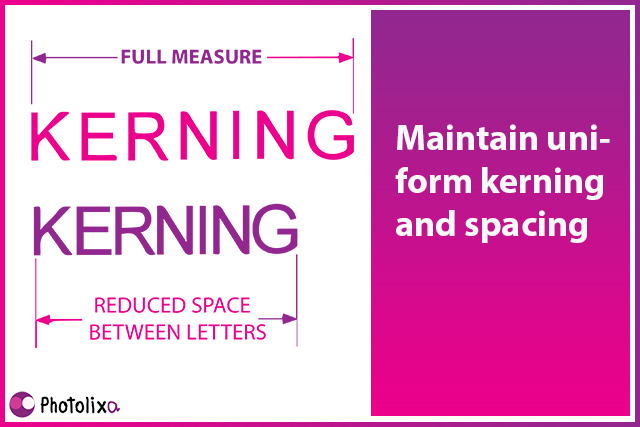
Start and finish with grid alignment
Start and finish with grid alignment. What kerning and spacing apply to letters, grid alignment applies to all or any of the opposite elements of the work. What kerning and spacing apply to letters, grid alignment applies to all or any of the opposite elements of the work. Any graphic element should be proportionally aligned. Always start by aligning every element in the original place.
The final step should also be the alignment of all objects within a design. This is often important because when creating the artwork, you regularly add and take away elements that have an impression on the alignment of the deliverable. Therefore, always start and finish with grid alignment.
Keep your target design audience in mind
keep your target design audience in mind. Designers tend to forget that their work is supposed to entice a particular audience. Designers tend to forget that their work is supposed to entice a particular audience. Whether or not the client/colleague includes the audience details in their brief, the designer should invite them. When applying graphic design as a tool for solving communication problems, you understand the importance of context.
Keeping the audience within the forefront of your mind creates a world of difference. For instance, a written invitation for an alumni meet-up is going to be designed differently from one designed for a faculty event. Having the audience in mind helps you determine the proper context for your work.
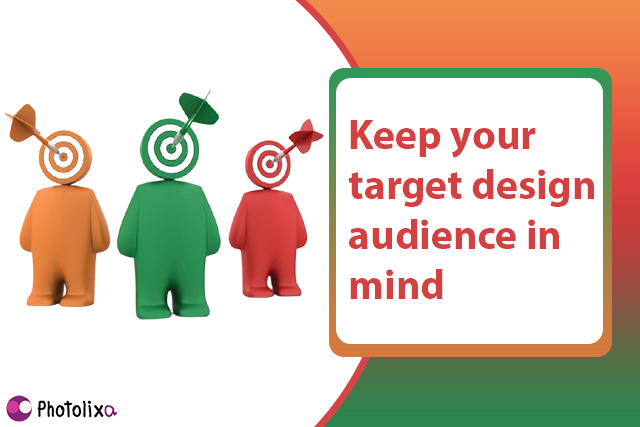
Define a color and font palette
Define a color and font palette. Inconsistency is the worst thing that will happen to a brand’s communication. Does that mean each piece of communication should be treated differently?
Inconsistency is the worst thing that will happen to a brand’s communication. Does that mean each piece of communication should be treated differently? No, doing so actually confuses your audience.
an outlined color and font palette, unique to the brand, will help the audience differentiate the brand’s communication when sitting amongst a crowd of messages. Additionally, an outlined color and font palette provides an outlined space for you, as a designer, to figure into. This suggests you don’t need to start from scratch whenever checking out the right fonts. you’ll specialize in the important idea generation
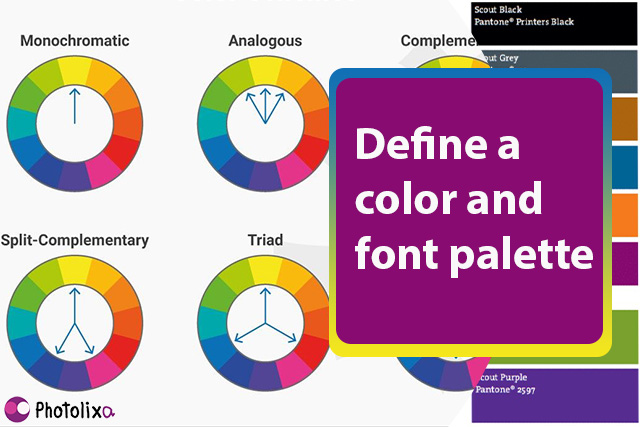
Avoid crowding your design
Avoid crowding your design. The most important of brands have learned that straightforward designs cause the simplest results. Apple has been practicing minimalism in its communication for many years and therefore the results are obvious. Minimalism helps the designer specialize in the execution of the core idea, instead of getting lost within the details.
A minimalist design helps the viewer understand the concept of the design better. A designer who can leverage minimalism amidst the clutter of communication and visuals will enable their work to face out.
Every graphic designer, despite the briefs and businesses attached to them, considers her/his work to be a piece of art. Art has always had one job – say the maximum amount in as few words as possible. That’s the definition of minimalism!
Present At Least 3 graphic design options to your client
By understanding your clients’ needs through communication and assessing the brand, you will be able to create beautiful designs that your customers will love. But one design idea isn’t enough. Preparing and presenting three different ideas is the best way to go whenever possible:
- Always do what the client wants first.
- Then do what you recognize is true.
- Additionally, share a replacement idea or concept.
You would possibly find that your client wants exactly what they asked for or they might embrace a transformative concept that takes their original request a step further.
Keep your color palette simple
Although you’ll have a variety of colors at your disposal while designing something, graphics design experts always prohibited the use of all the colors. As a basic rule of graphics designing, the repeated use of just a few colors can create a more unified and visually appealing outcome.
theoretically, these are going to be the colors laid out in the brand guidelines. But if you’re choosing your color palette, then it is best to keep it simple. Limiting the number of key colors to 2-3 and a bit can become immediately more cohesive.
Avoid using colors that clash
The way you leverage color theory can also help or hinder a design. every professional graphic designer’s design rules emphasized ways to avoid placing elements with discordant colors side by side.
As we are aware and as per our discussions, color is one of the important aspects of any design, but it could even be dangerous if not handled well. It’s important to settle on colors that go well with each other to eliminate creating any quiet disharmony within the design. consider white font on a red background or yellow font on green background – isn’t that too annoying? The yellow font is trying to capture the user’s attention, while the eyes divulge struggling from the green background that stands out making it difficult to read what’s written in yellow. But consider the white background and black font – wow, that looks complementary! We don’t need anything more. Graphic Designer, have corporate professional behavior in the office environment. Life is gorgeous and technically fun with the creativity of solutions for the company.
Embrace white space
Moving beyond the question of color, most of the graphic designer experts sing the praises of white space. This refers to a negative space that is not necessarily a white background but can be simple in a design. It’s the space that provides your other important design elements room to breathe so that it doesn’t look cluttered and unprofessional.
White space is usually overlooked when creating compositions but it’s important to not overcrowd the planning with an excessive amount of text or unnecessary graphic elements. This enables designers to feature more space within the design itself, which keeps the viewer’s attention without making them feel bored. If something is just too cluttered with unnecessary texts and imagery, the viewer is going to be less inclined to stay reading because it will confuse them.
One way to include more negative space into your design is to put some space between the text. it’s important to extend the road spacing. Tons of default spacing are pretty tight and may make the design appear to be an enormous block of text that will intimidate the viewer. But with more space, it sits nicely on the page and may look clearer and more approachable from the viewer’s perspective.
If you’ve got to settle on between creating an overstuffed one-pager or an extended but more spaced-out layout, you ought to choose the longer but more spaced document. Don’t be afraid to feature another page because doing that will make your design cleaner and visually pleasing.

Choose simple, readable fonts
Almost 70% of all design work is text. If you can’t use the right fonts, the whole piece will feel out of place. Graphic designers need details knowledge about the new font and create the typography to apply in the modern design. It shows the advanced creativity for the InDesign aesthetics sense for look attractive, innovative.
Bizarre and hard-to-read fonts can easily overshadow particular words and their meaning. That means your graphic can’t express its meaning properly and doesn’t support the all-important communication process.
keep your font choice simple, readable, and stylish. Sometimes people will misuse display fonts. To fix this problem fast and easy you will go back to classic font styles like Helvetica or something similar to it.
Classic fonts like Helvetica are still popular among professional graphic designers for distinct reasons. They are clean, easy to read, and do not distract the reader with too much design so that viewers can concentrate on the words themselves.
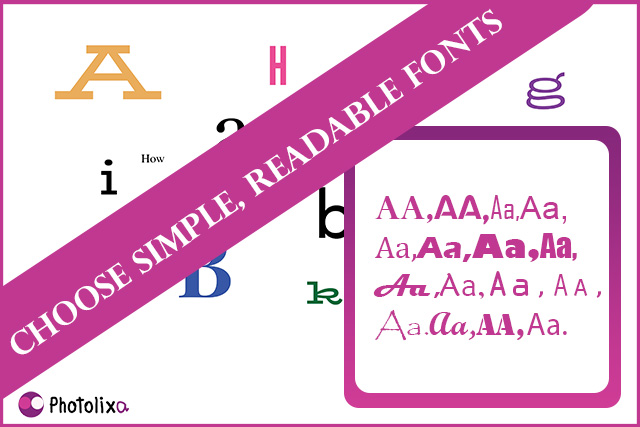
Don’t Design a Logo Without Knowing Its Purpose and Meaning
There are probably enough graphic designer rules and best practices that are based around logo design that you can follow on the internet. After all, creating a logo may be a very complex process especially for amateur graphics designers.
It’s all about communication but the problem is that you need to put so much information inside a tiny piece of artwork to express the real purpose of a corporation and what it stands for in a clear sense simply needs a lot of thought and creativity. It’s a pretty big job for a reasonably tiny graphic designer.
Professional graphics designers recommend working very closely together with your clients to make sure you recognize exactly what must be done to make the logo work. Creating a logo or brand identity requires a rigid creative brief and input discussion between the designer and the client. Once more, presenting several options for a design may be a smart strategy to eliminate any confusion regarding the logo.
Make Sure That Your Designed Logo is Recognizable at Any Scale
After you’ve had those preliminary logo design discussions, confine your mind to how the mark is going to be used. The logo may be used to signify an organization as a social media icon or on a huge banner or storefront. the basic step is logo design, that all graphic designer starts in the beginning life as professional. This is also full of creative sense developing process.
You’ll want to check that the brand identity is still recognizable from a distance while zoomed out, but you should also make it at such a resolution that when it is scaled up it doesn’t look low res or blurred. to realize this, you would possibly get to declutter your design so that all the weather is often viewed easily at a smaller scale.
Echoing the importance of this graphic designer and Graphic design rule is that the message that simplicity is best. A logo needs to be recognizable instantly when viewed from a distance or from up close. A logo also replaced and represent the company brand identity.
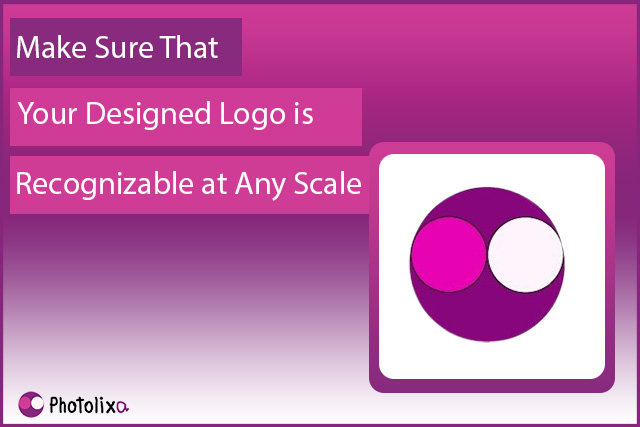
Everything should be clear, crisp, and beautiful
The most important point of the graphic designer’s layout lies in its beauty. Clarity is one of those aspects that ought to be focused on once you choose a font for a graphic designer, no matter whether it’s for web or print. If there’s no clarity, how does one convey the brand’s message – which is why your audiences are here and once they don’t get what they need, they probably leave.
There are chances that they’re going to never return to your site again if there’s no clarity to what you present. This starts with choosing fonts that your audiences would like while ensuring that it’s compliant together with your brand. For instance, if your audiences are women and your business within the clothing category, then probably a font that belongs to ‘Times New Roman’ or ‘Arial’ would be ideal. This can help to enhance user experience as they might get what they need in just the way they were expecting it to be. To improve the clarity of your font, you’ll use a contrasting color for the online font that you simply have chosen.
The measurements used for organizing graphics should be used for organizing text also. A balance should be attained between the 2. Stretching images isn’t an excellent idea and doesn’t go well with the audience. They happen to feel annoyed once they encounter such unprofessional and terrible appearances of images.
It exhibits poor branding. The dimensions of your image are another important aspect that must be taken into consideration when it’s uploaded to the website, social media ads or brochure, or any promotional materials associated with your brand. A touch little bit of editing here and there helps. If you’re not an expert at graphic designing, then it’s better to urge help from knowledgeable people for help to scale images.
The point of ensuring that your designs – and style elements are scaled proportionally is to make sure that the poor design doesn’t deflect the audiences’ attention from the most point or content but distracts them toward what doesn’t even matter much.
Sometimes, as an example, on an e-commerce website, image is extremely important – because it’s after taking a glance at the image, the user decides to form a sale.
Raster-based images are no longer a trend
Decades ago, raster-based images used to be the basic part and concept of graphic designs. Even today, amateurs find themselves using raster-based graphics in their design without being conscious of how it affects them once they attempt to maximize or minimize the dimensions of the image.
The simplest thing you’ll do about this is often to use images that are larger with higher resolutions to make sure that they’re clear and eligible though you would possibly need to scale these. When it involves using symbols or icons, it’s always ideal to travel with vector graphics. These are often easily scaled with no compromise over quality.
Since Adobe Illustrator may be a vector-based app, you’ll be reassured that none of the icons that are developed using this illustrator would become pixelated when resized. Since tons of individuals prefer using Adobe Photoshop for flyer illustrations and posters, raster-based graphics become a neighborhood of styles, which may be a grave risk that has got to be avoided in your designs. These are 15 of the foremost details that you simply got to note with graphic designs.
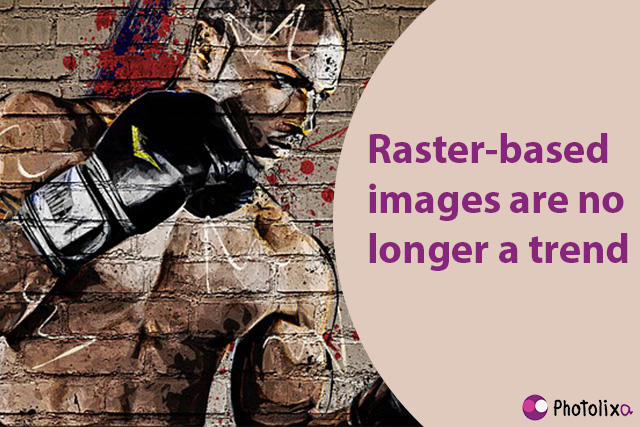
Some Other Rules You Need to Be Careful About
Alignment should be taken care of well. As we’ve discussed scaling the text and pictures, the arrangement of those elements is additionally a crucial part of any web design that must be taken care of particularly well. When these elements are poorly aligned, there are chances that this can expose your business or brand in a bad light. All you’ve got to try is to rearrange all the weather perfectly during a good proportion as required. it’s important to make sure that your objects are well-aligned complementing each other over a canvas or wherever they’re getting used. it’s better to follow the thumb rule: where you would like to settle on a line on your page, and align your graphic and text elements in line with it.
It doesn’t matter whether the alignment is horizontal or vertical, but well placed than going for random arrangements on your page. When elements are hazily and lazily organized on a page – it’d make the user annoyed up to an extent because they do not have a thought of where they need to be watching or should rather not take a glance at any of those. you’ll make use of columns if you’re not too sure about the other method of bringing about an alignment across the weather.
Grammar, typos, and punctuation also are important. When your marketing elements have great graphics and if the content comes with grammar, spelling errors, and punctuation mistakes, then, it might be even more annoying than an inappropriately placed element or employing a raster-based image. it’s always good to possess a proofreader to undergo the content before you publish it to urge obviate grammar, typos, or punctuation errors which may be an annoyance for somebody who really may be a language pro though not all of your audiences would have a robust language. However, it might matter for a linguistic expert.
There are online tools available, like Grammarly, which might assist you to see through the essential errors that you simply may need to omit if you decide on the free version, though the premium version comes with much more advanced options.
Photolixa must be a Graphic design works in Photoshop and graphic designer all adobe related activist and clipping path company offering all types of Graphics design solutions like Photo retouching, Clipping path, Photoshop hair masking, etc. at affordable prices. We are offering inbound marketing solutions with visually stunning content images to assist take your businesses to subsequent levels. For further inquiries, contact us at info@photolixa.com today.

